By Catherine Walter
This Sunday marks Chancellor Robert R Livingston’s 270th birthday. Originally on the Online Museum, to celebrate his birthday we re-publish below details of his life as a patriot and as a Mason.
| Robert R Livingston’s great-grandfather, Robert Livingston, moved from Holland to New York around 1675. In 1686, he purchased an enormous piece of land in upstate New York, (between 120,000 and 150,000 acres), from the local Native American tribes in the area. He had three sons, Philip, Gilbert and Robert, and he granted Robert 13,000 acres of land.
Robert had one child, Robert R. Livingston, who inherited this estate upon his father’s death. This Robert R. Livingston’s oldest child was also named Robert R Livingston, the subject of this biographical sketch. He was sometimes referred to as Jr. in various documents and Lodge minutes created during his lifetime. All of the following information refers to this Robert R Livingston. (It is intentional that there is no period after his middle initial, as this was the way he signed his name.) |
| In 1777, he became the first Chancellor of the State of New York, serving as such until 1801 (1777; 1778; 1779; 1780; 1781; 1782; 1783; 1784; 1785; 1786; 1787; 1788; 1789; 1790; 1791; 1792; 1793; 1794; 1795; 1796; 1797; 1798; 1799; 1800; 1801). As Chancellor, he administered the oath of office to George Washington at Washington’s inauguration as President of the United States.
The Bible used for the inauguration was the altar Bible from St. John’s Lodge No. 1, New York, NY. This Bible is normally on display and can be viewed at Federal Hall, New York City, unless it is traveling for use in a ceremony. During Robert R Livingston’s time as Chancellor, he was also appointed as Secretary of Foreign Affairs for the United States, serving as such from August, 1781 to August, 1783. In 1801, he resigned as Chancellor in order to accept an appointment as Minister Plenipotentiary to France, where he became friends with Napoleon Bonaparte. During his time in Paris, Robert R Livingston negotiated the Louisiana Purchase, finalizing the agreement in 1803, with James Monroe arriving in time to affix his signature to the contract. (de Peyster, 1876) |
| When Robert R Livingston was in France, he met Robert Fulton, and, eventually, the two of them successfully developed the steam-engine for water navigation. Prior to meeting Fulton, Livingston had tried to engineer a steam-engine for water navigation, but could not develop an engine that went faster than three miles an hour. After he and Fulton worked on the problem while living in France, upon return to New York, they built the “Clermont” in 1807, which was able to travel five miles an hour. Robert R Livingston’s accomplishments also included: helping to develop the New York State canal system; settling boundary issues with the other New England states; publishing works on agriculture; experimenting with gypsum fertilizers and introducing Merino sheep to the area, cross-breeding them with the local sheep.In 1810, he hosted a sheep-shearing festival, celebrated to this day, and hailed as the first county fair in the country. (Christian, 1987) In 1801, he was a founder of the American Academy of Fine Arts in New York. Additionally, Past Grand Master Livingston was so skilled an orator that Benjamin Franklin called him the “Cicero of America.” (de Peyster, 1876) |
| There is a commemorative stained glass window honoring Past Grand Master Livingston in the George Washington Masonic National Memorial in Alexandria, Virginia. When told by Congress that each State could choose two citizens to honor with a statue in the Capital in Washington, D.C., New York State representatives chose Robert R Livingston, along with George Clinton. Erected in 1931 by the Masonic Lodges of the Second Columbia-Dutchess District and the State of New York, there is a Memorial plaque honoring Robert R Livingston at his ancestral home, Clermont, (Clermont State Historic Park, Germantown, NY). Initially built in 1730, the mansion on the estate was burned by the British in 1777. The rebuilt building incorporates charred remnants of the earlier building. (Clermont, 1977)Robert R Livingston has also been honored on numerous commemorative postal stamps. |
| In 1983, the Board of Regents, the governing body for education in New York State, granted a charter to the Chancellor Robert R Livingston Masonic Library of the Grand Lodge of Free and Accepted Masons of the State of New York.
Though given a New York State Charter in 1983, the Library has been in existence since 1885. In 1885, the Grand Master “appointed a Sub-Committee for the purpose of collecting – by gift or loan – Masonic and archaeological objects to be deposited in the Masonic Hall for the information of the Craft, as well to excite their zeal and interest as to gratify their commendable curiosity…The intention was and is to place on permanent exhibition antiquities and other objects of interest to the brethren, such as ancient medals and jewels, rare coins, minerals, old diplomas, certificates and documents; scarce books, and antique lodge furniture, valuable through age, association, history, or rarity; which are known to exist in the possession of lodges or individual brethren. Thus scattered they are of little utility, while, if united they would become of great interest and value…It is earnestly requested that your lodge, and any brother possessed of any article suited to the purpose in view, will place the same at the disposal of the Committee, by whom the safety of such objects will be carefully guarded.” (Lawrence, 1886) While the Library is available to Masons as well as to the general public, in order to take any of the circulating books out of the Library, you must be a New York State Mason. There are 17 self-directed reading courses designed give an introduction to the books and that help focus use of the collection. Additional resources in the Library include subject, biography and Lodge folders. |
| While there is no record found that shows when and where he became a Freemason, in 1771, Robert R Livingston was named as Master of Union Lodge during the constitution of Solomon’s Lodge No. 1 in Poughkeepsie, NY.
When Robert R Livingston became Grand Master of the Grand Lodge of the State of New York, “[his]…election and installation actually closed the brief existence of the Provincial Grand Lodge and opened the history of the Grand Lodge of the State of New York…[He] was the third Grand Master under the Atholl Charter. His predecessors were British Subjects.” (Gosnell, 1983) |
| In a letter that he wrote reflecting on what became known as the Louisiana Purchase, he wrote, “I had long foreseen that the possession of the east bank of the Mississippi…would be insufficient…I therefore (though without power)…endeavored to satisfy the people in power here, that…it was proper to give us all the country above the Arkansas…
“In March, I ventured upon what was here considered as a bold and hazardous measure, a direct and forceful address to him [Napoleon] personally on the subject of our claims [French spoliation claims] upon which, having received positive assurance that they should be fully and promptly paid, I began to look forward to this as a means of accomplishing my other object which I was sure he could not…in the case of war…find any other means of discharging it.” (Livingston, 1803) |
| Upon receiving a Past Grand Master’s jewel on December 2, 1801, Robert R Livingston said, “I receive with great sensibility this new mark of the attachment with which the Grand Lodge have, on so many occasions, honored me. I derive, however, no small consolation when parting with them, from finding my place in the Lodge occupied by a brother who has, by a long series of services, been enabled at once to evince his attachment to the Fraternity and his ability to promote their interest. “I shall wear brethren, with pride and pleasure, the jewel with which the Fraternity have honored me, and consider it as a memorial of the pleasing connection that binds us to each other when the duties I owe the public shall have separated me from them. “Receive my thanks, brethren, for your friendly and affectionate wishes, present to the Grand Lodge my ardent prayers for the present and future happiness of its members, and believe that I shall in every situation of life feel myself deeply interested in their prosperity and that of the respectable and useful society over which they so worthily preside.” (Grand Lodge, 1876)Happy Birthday Chancellor Livingston! Check out the Online Museum for more great facts, artifacts and photos about Brother Livingston. |


 Working as an archives intern at the Chancellor Robert R
Working as an archives intern at the Chancellor Robert R 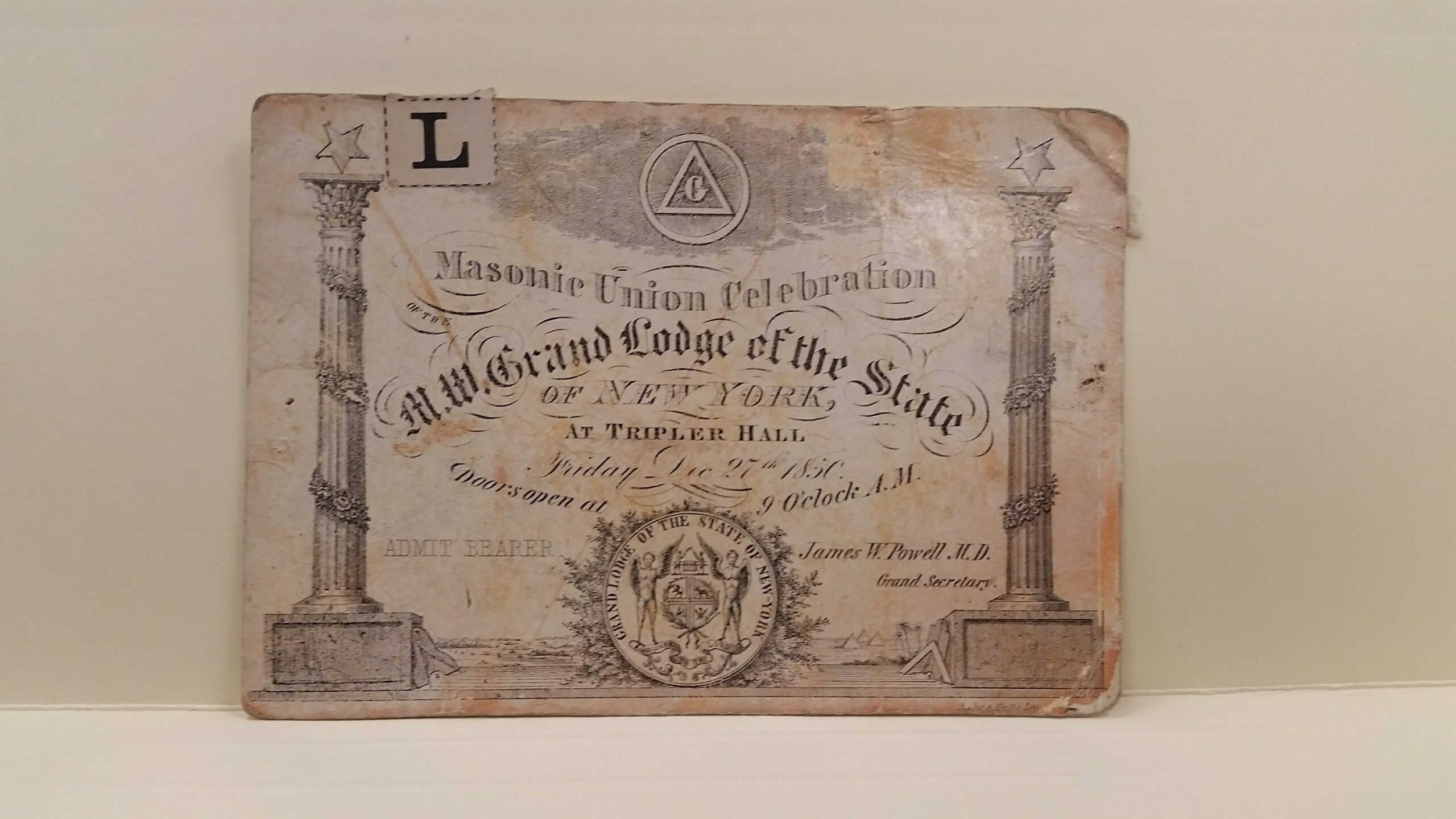
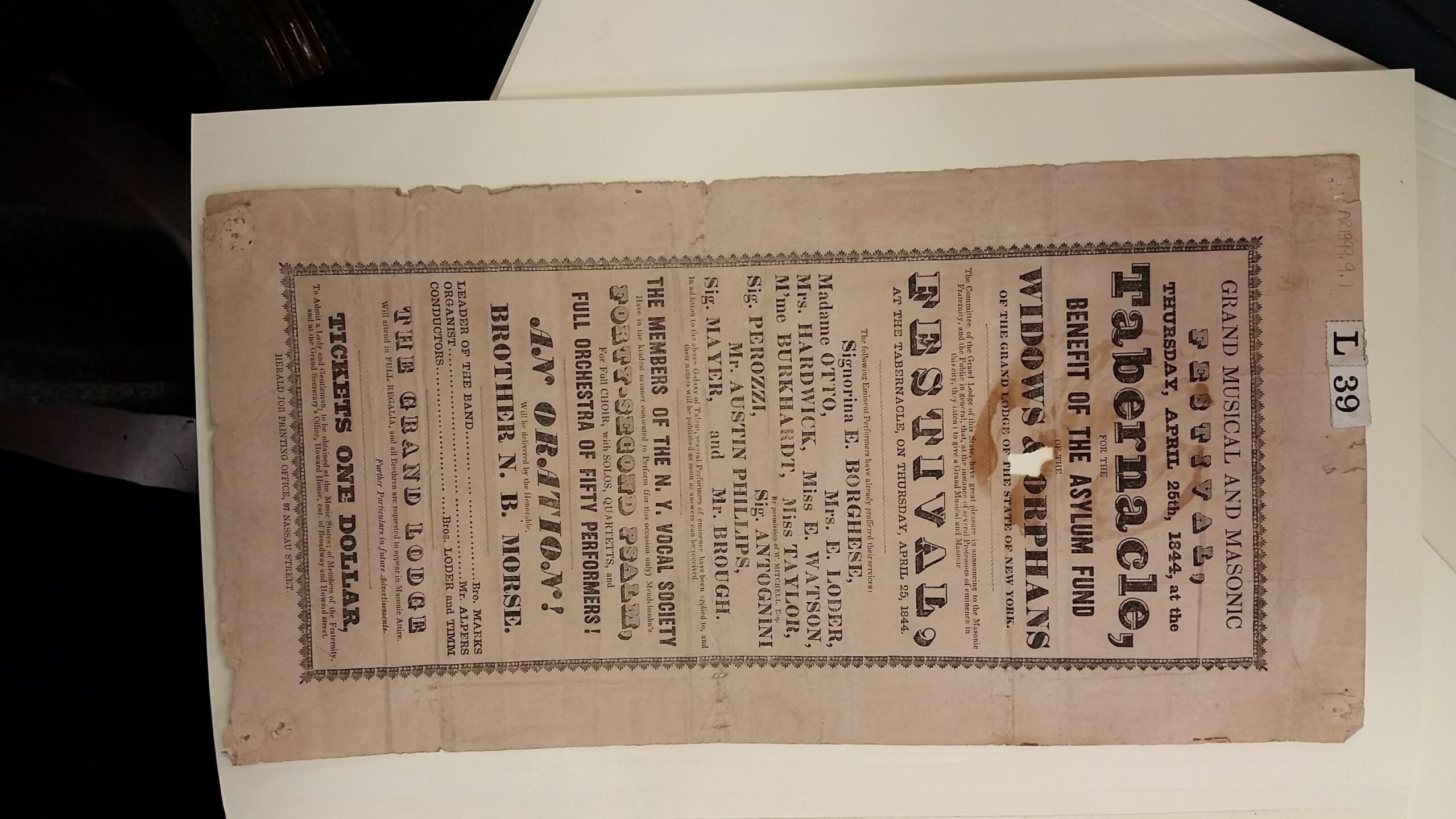
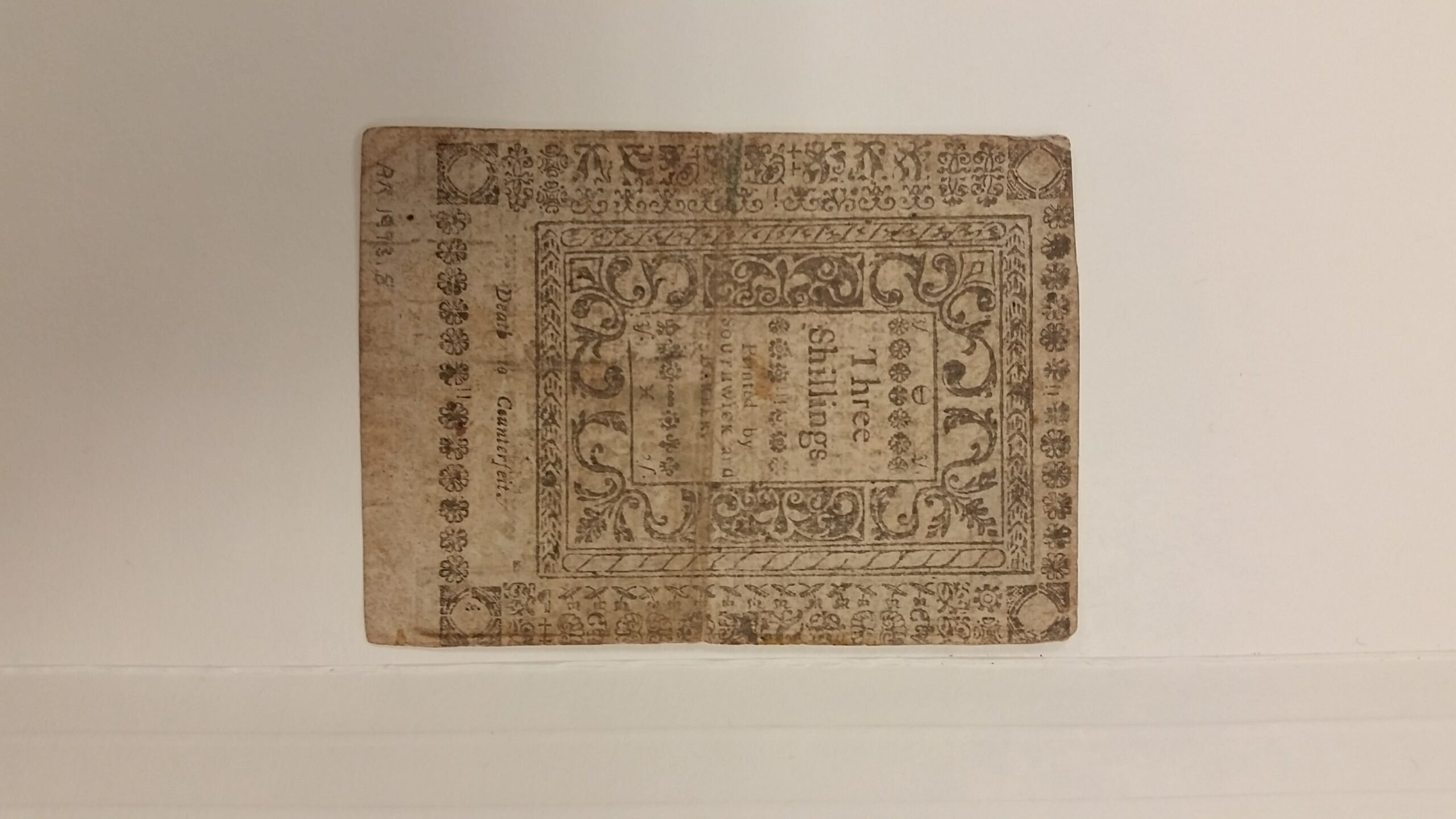
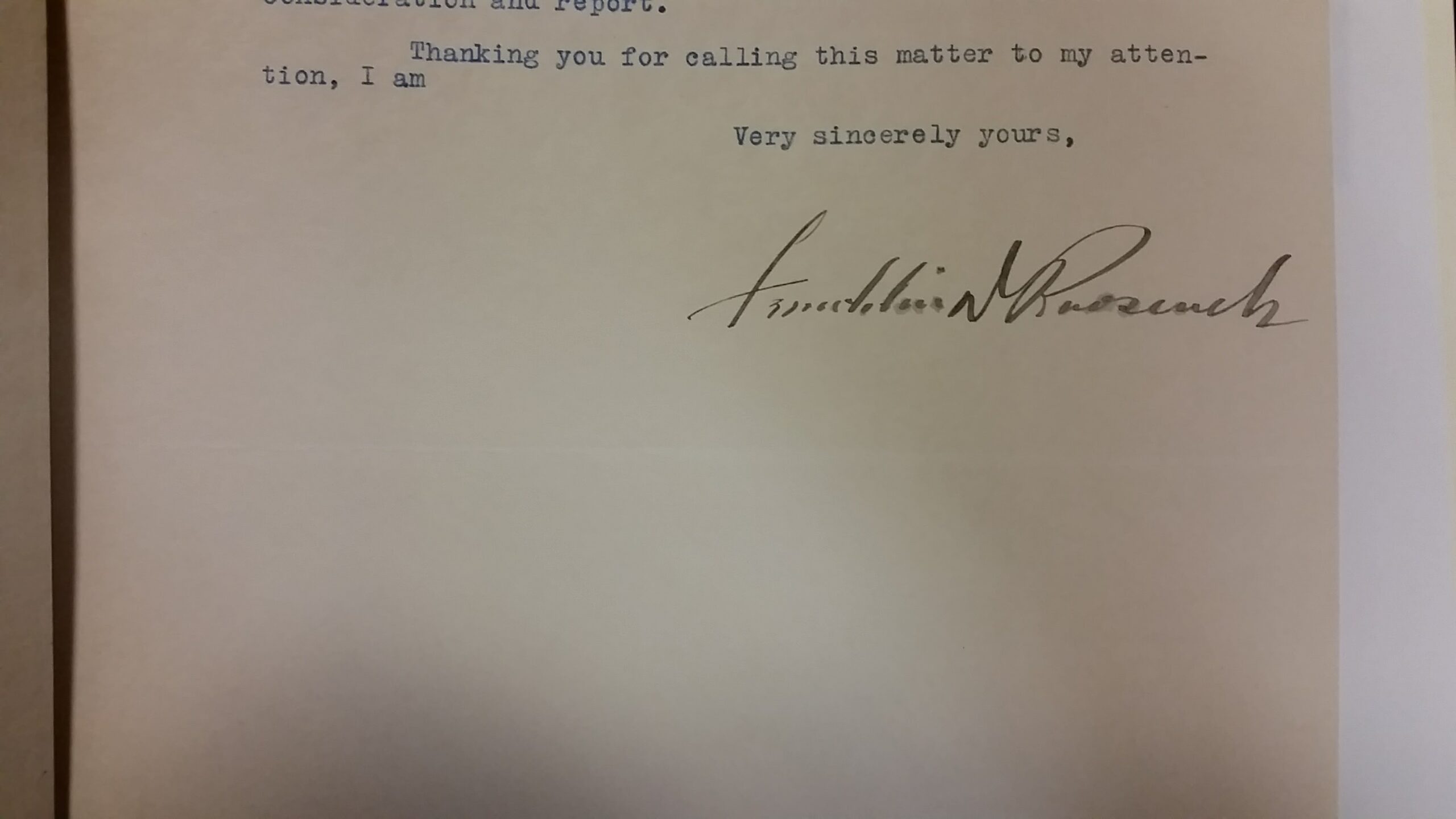
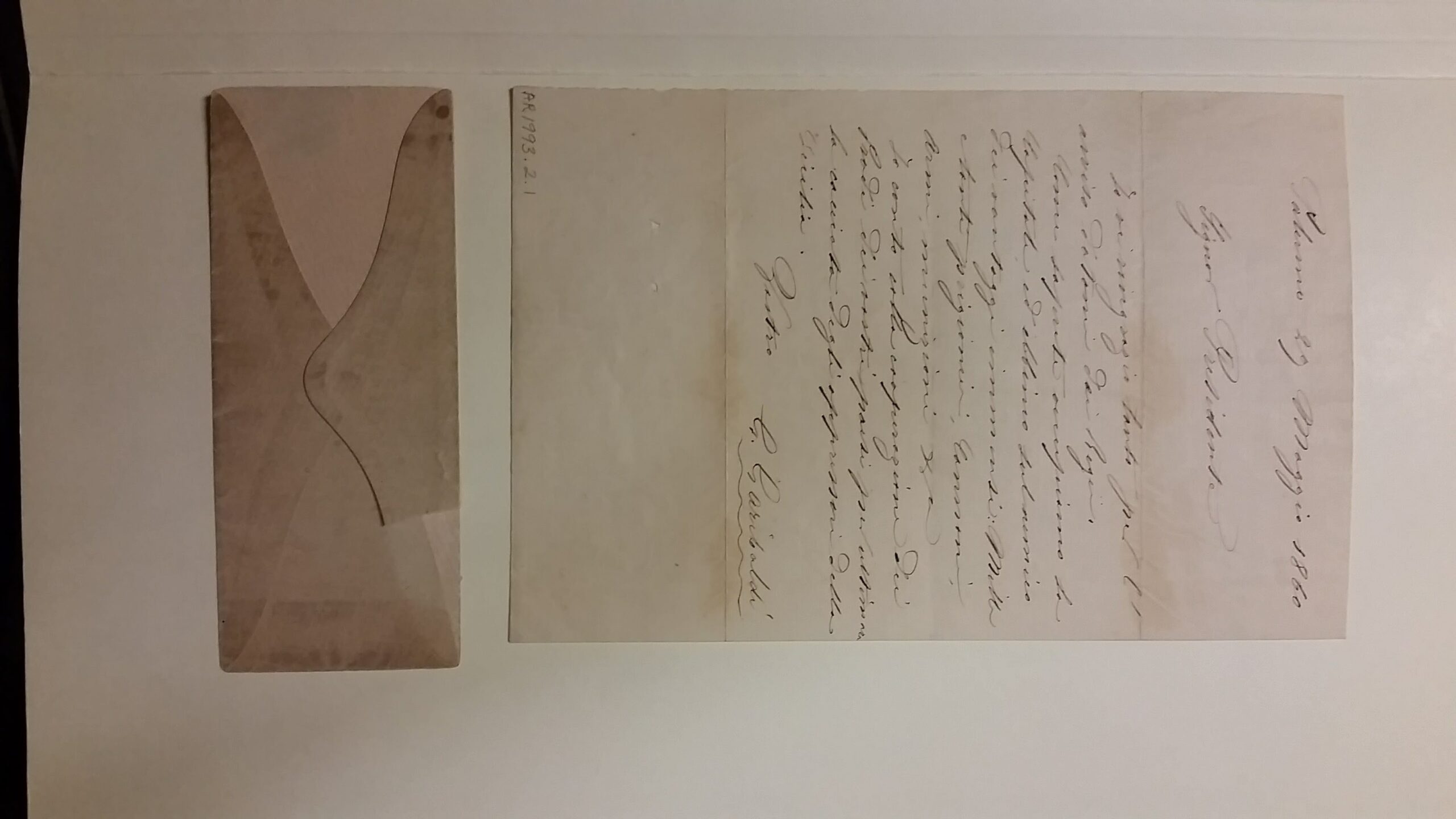
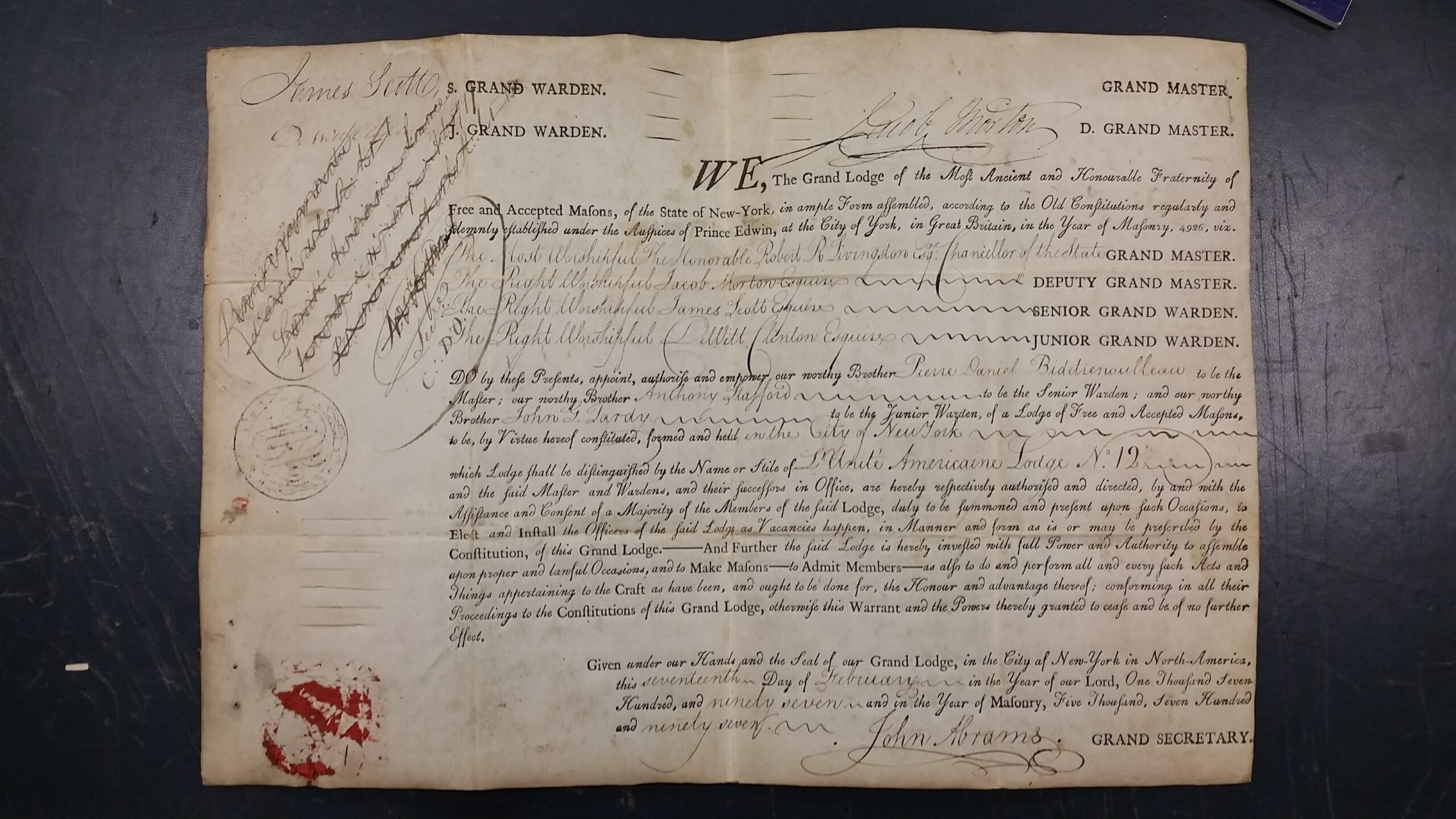
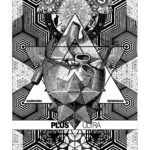
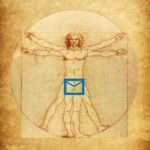
 Renaissance Man & Mason by R∴W∴ Piers A. Vaughan
Renaissance Man & Mason by R∴W∴ Piers A. Vaughan
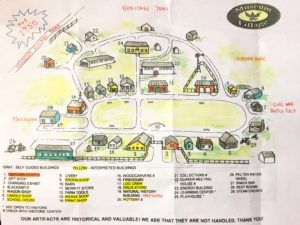
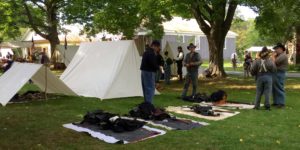
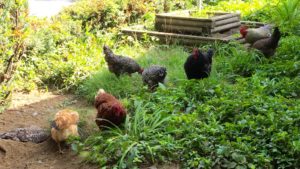
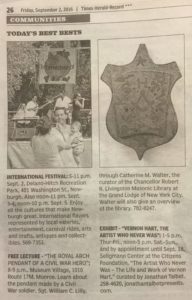

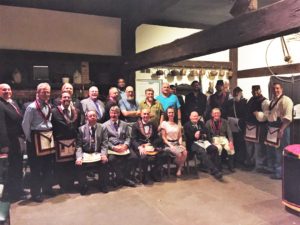
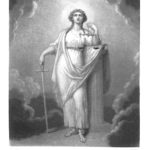
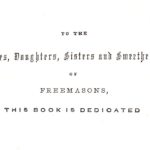

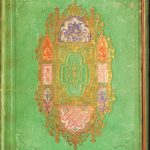
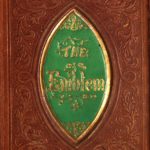
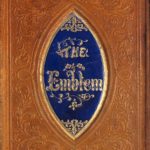
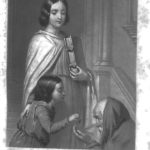
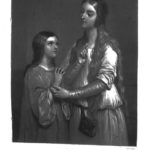
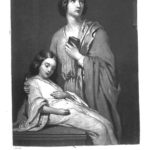
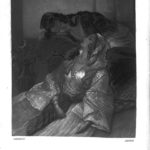
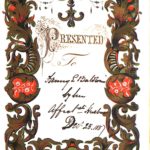
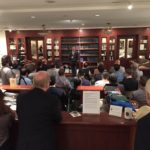
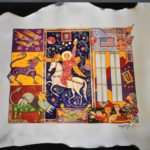
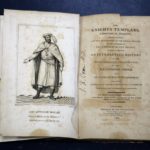
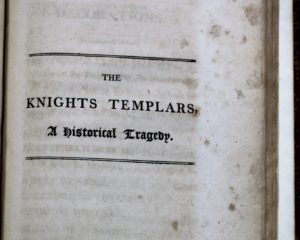 nouard’s play, Les Templiers (1805), was among the first modern literary portrayals of the Order of the Knights Templar. Raynouard was a political radical, having been imprisoned for his support of the Girondists political party in France during the time of the Revolution. The Girondists advocated the end of monarchy but feared the chaos spawned by the Revolution, and rightly so. Though Raynouard was only imprisoned, there were mass executions of those affiliated with the Girondists during the Reign of Terror.
nouard’s play, Les Templiers (1805), was among the first modern literary portrayals of the Order of the Knights Templar. Raynouard was a political radical, having been imprisoned for his support of the Girondists political party in France during the time of the Revolution. The Girondists advocated the end of monarchy but feared the chaos spawned by the Revolution, and rightly so. Though Raynouard was only imprisoned, there were mass executions of those affiliated with the Girondists during the Reign of Terror.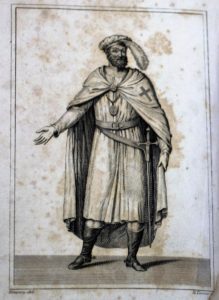 perpetuated one of the many false claims associated with the Knights Templar. Having confused the Mongol general Mulay with Grand Master Jacques de Molay, Raynouard claimed Grand Master Molay led the Mongols in their attack, capturing Jerusalem and the imaginations of many. At the height of the confusion in 1846, a large painting was created by Claude Jacquand, titled Molay Prend Jerusalem, 1299 (“Molay Takes Jerusalem, 1299”), which portrays the moment of capture. Today the painting hangs in the Hall of the Crusades in Versaill
perpetuated one of the many false claims associated with the Knights Templar. Having confused the Mongol general Mulay with Grand Master Jacques de Molay, Raynouard claimed Grand Master Molay led the Mongols in their attack, capturing Jerusalem and the imaginations of many. At the height of the confusion in 1846, a large painting was created by Claude Jacquand, titled Molay Prend Jerusalem, 1299 (“Molay Takes Jerusalem, 1299”), which portrays the moment of capture. Today the painting hangs in the Hall of the Crusades in Versaill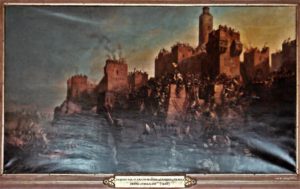 es.
es.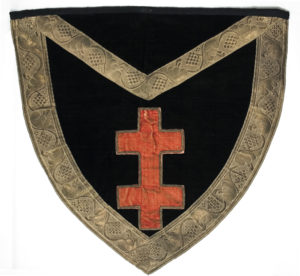 Black velvet apron with patterned-gold ribbon and red velvet doubled cross with metallic ribbon border.
Black velvet apron with patterned-gold ribbon and red velvet doubled cross with metallic ribbon border.